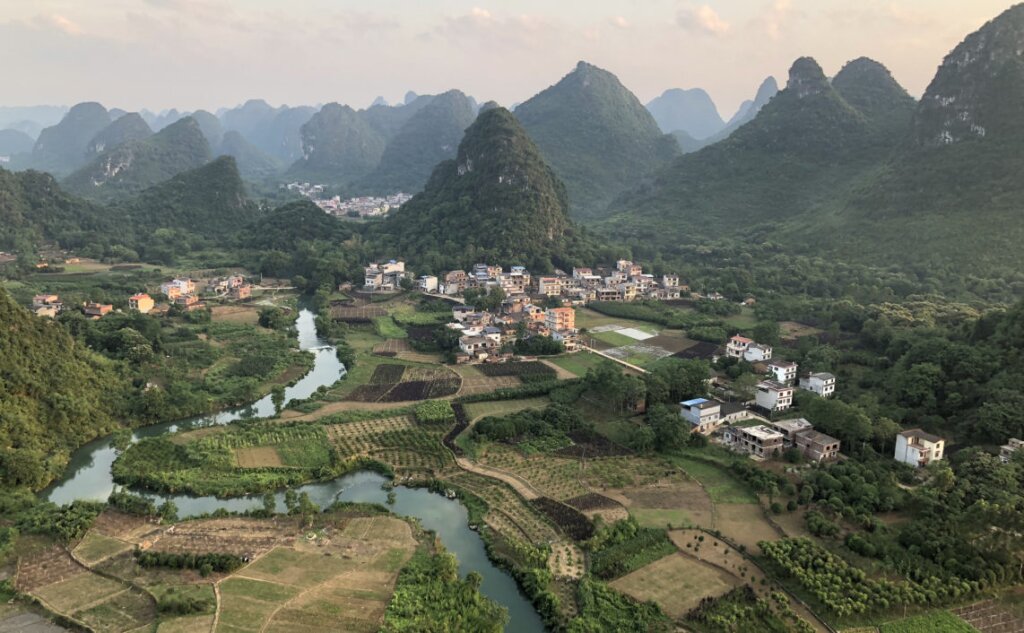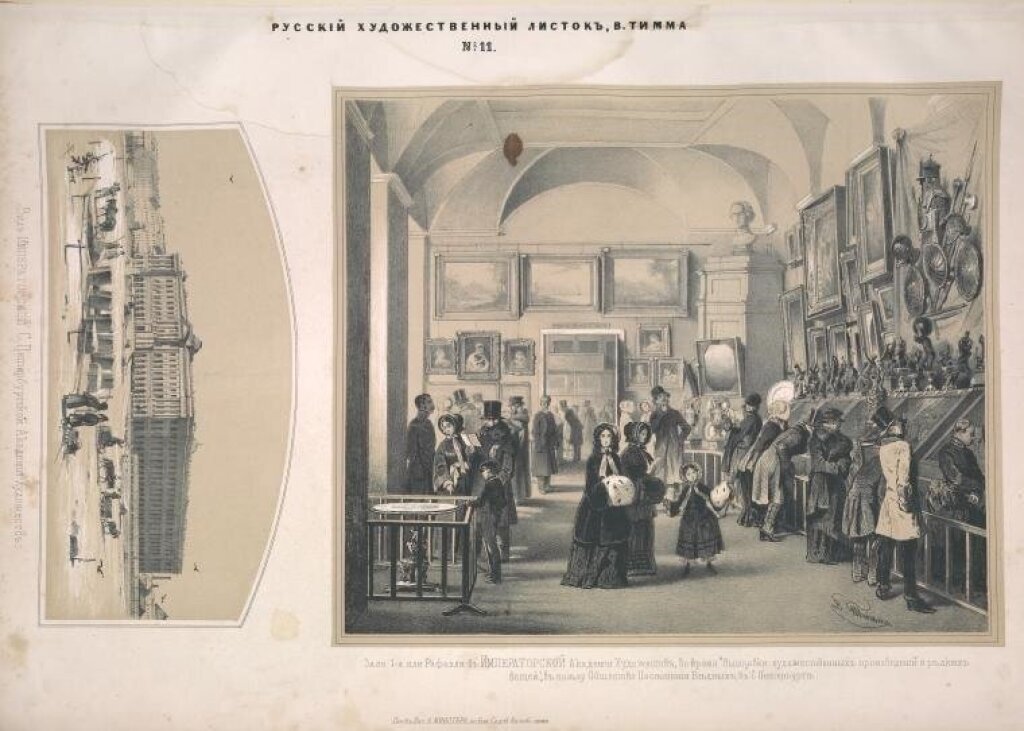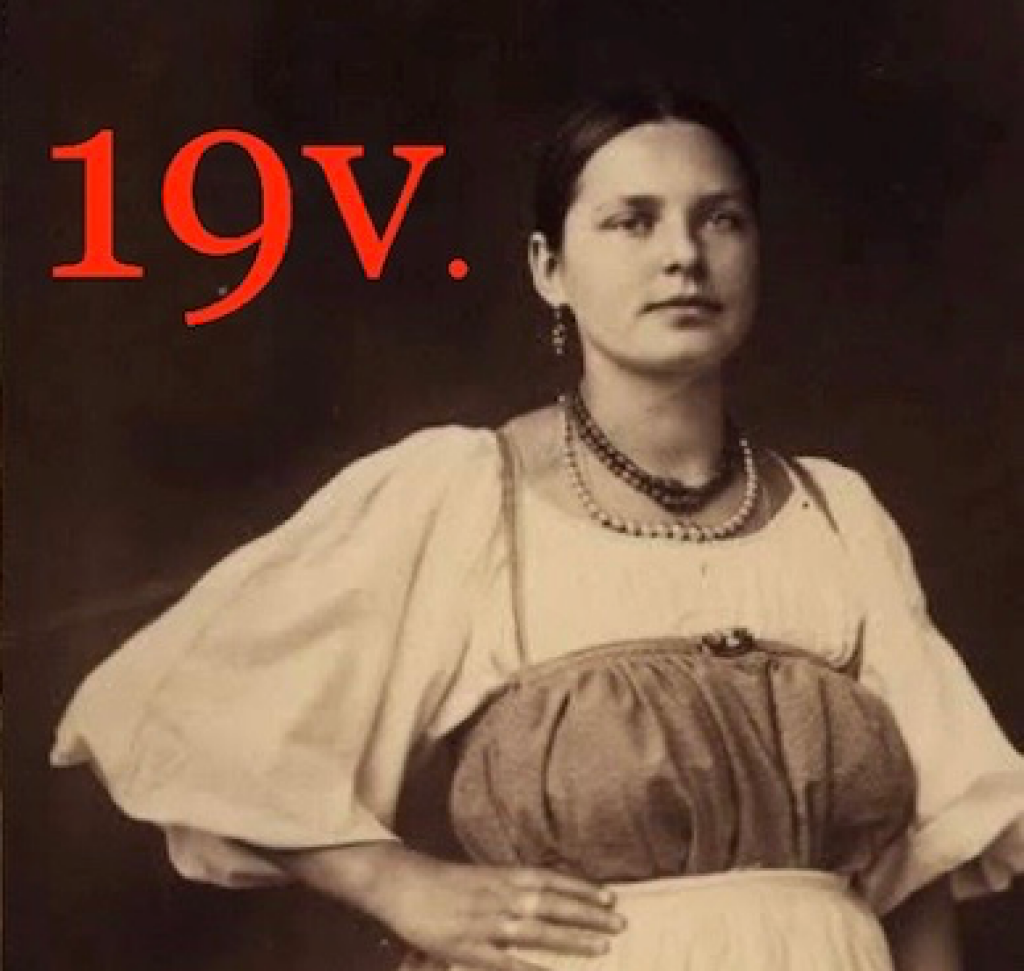Jieru Xiang is a recent PhD graduate in literature from the Chinese Language and Literature College at Wuhan University. Her main research interest is the representation of landscape in Russian culture, and especially its influence on modern Chinese literature.
Anne Lounsbery writes: I am privileged to be able to introduce this post by Jieru Xiang. In late March, 2020, Ms. Xiang wrote to me out of the blue. We had never had any contact before: she lives in Wuhan, China, and I live in New York City—the two places that were, at that moment especially, most closely associated with the coronavirus pandemic that had shut down both of our cities. At the time her message arrived, I was basically locked in my apartment, believing myself to be cut off from the rest of the world. Her email suggested otherwise. Jieru, having read my recent book on the idea of provinciality in Russian culture, wrote to explain to me the particular resonances of this category in the Chinese literary tradition. To me her message was a reminder that scholarship and scholarly connections persist even in times of extreme dislocation.
As Anne Lounsbery explains in her recent volume Life is Elsewhere, research on the Russian provinces is based on both Russia's specific geographical tradition and the experience of modernity. These two pivots can also support the study of symbolic geography in China. Here, I will first explain my personal understanding of the meaning of "the provinces" to Russian Studies, then expound on some aspects of the same concept within Chinese and Russian cultures from a comparative perspective, charting out tantalizing possibilities in that nascent field.
Imitation and the Formation of a "Russian mentality"
Two of the most frequently mentioned keywords in studies of Russia are anxiety and melancholy. The former has often appeared in depictions of Russian history, while the latter tends to describe many readers’ most important impressions of Russian literature. Taking our cues from Life is Elsewhere, we may be able to find a new perspective for understanding the causes of these social mentalities. For Lounsbery, the factor that determines the core characteristics of the Russian provinces is “imitation.” Taking that element as a starting point, we can say that imitation makes the Russian provinces (and the whole of Russia, if we consider it a "province" of the world) fall into the split situation which Frantz Fanon described in Black Skin, White Masks (1952). Trapped in such a situation, people began to experience anxiety — as in, for example, the “frenzy” in Dostoevsky's Demons.
Melancholy is also related to imitation. As literary critic Rey Chow has shown, Freud’s ideas on the formation of melancholia provide a useful framework for discussing Chinese poetry. Applying her approach to the topic of the Russian provinces clarifies the structure of Russian melancholy. Because of the inevitable neglect of originality, imitation produces a sense of loss that, according to Lounsbery, often lingers in Russian provinces. For Freud, when loss becomes internalized as part of one's identity, the result is melancholia. We see this phenomenon at work in stories like Chekhov’s "On Official Business" (1899).
The Russian Provinces and the "Old Home" of Lu Xun
Though very different from the Russian provinces, provinces in ancient China have been similarly enmeshed with various aesthetic genres — most prominently "Shanshui poetry," “Peach Blossom Land,” or “Border Fortress." Setting aside those complicated traditions, it seems that traces of Russian literature can be found in writing on provinces in modern Chinese literature. Here, I will take Lu Xun as an example of such influence.
The translator Fujii Shozo once pointed out that Lu Xun's novella My Old Home (1921) borrowed its narrative structure from Evgeny Chirikov’s "Gorodok" (1912). Shozo argued that, in order to deepen his own thoughts on Chinese society, Lu Xun intentionally undermined the landscape of the small town described in his novel. What I find important, however, are the origins of such a writing strategy.
As it happens, the concept of the "hometown" has a long aesthetic history in Chinese culture. In reality, the small town Lu Xun described belongs to the district that inspired the beginning of ancient Chinese landscape aesthetic. At the time when Lu Xun wrote My Old Home, that district was very prosperous and economically active — in a word, quite different from the small, anonymous town he described as meaningless and melancholy. Taking into account Lu Xun's familiarity with Russian literature (especially Gogol, Chekhov, and Dostoevsky), could it be that the source of his landscape strategy is the recurring provincial landscapes described by those Russian writers? This clue may allow us to explore some new possibilities in the study of Lu Xun and other writers.
Dialectics between the Place and the World
According to T.S. Eliot, the inner structure of the province arises not from its actual geographical location, but from “a distortion of values.” Several classic literary works were born from precisely this distortion. In the works of Gogol, Dostoevsky, and Chekhov, the provinces become the best places to observe humanity's contradictions and predicaments on a universal scale. In this sense, universal human nature breaks down geographical limitations.
In contemporary Chinese film, the county town (Xiancheng) is a space that shares some notable similarities with the Russian provinces. It is neither a cultural space from classical Chinese landscape aesthetics, nor an attractive modern Chinese urban space. Instead, it is full of "fake" textures due to its long-term history of loss and imitation.
I found two interesting directions in representations of that space. One is the county towns depicted by sixth-generation directors like Jia Zhangke. The other is the result of cultural projects in various places like the county town in Jiarui Zhang's When Ruoma Was Seventeen (2002). In the first example, the county town is melancholy and meaningless, but full of the desire to imitate. By simply focusing on this "meaningless" life itself, directors have deepened their focus on ordinary individuals who are passively experiencing the absurdity of destiny in the tide of modernity.
As directors showcase their characters' anxiety, loss, and melancholy, they arrive at a kind of poetry that breaks the limits of geographic space — as in the widely praised landscape lens in Jia Zhangke's Still Life (2006). At the same time, the towns themselves sometimes engage in a process of world-building that ascribes certain ethnic and historical characteristics to locales that in fact do not possess them. As a result, these county towns, whose individuality directors aim to emphasize, become featureless commercial spectacles produced to attract tourist resources.
And thus, a paradoxical situation arises. The county towns with the fewest features gave birth to the most cosmopolitan poetry, while county towns that tried to arrogate unique characteristics to themselves seem once again to have lost the meaning of existence and become exemplars of a “distortion of values.” This dialectical flow of sense of place may be another structurally instructive point that the study of Russian provinces gives to literature and geography studies on a world scale.



